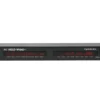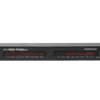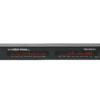What is Spotify Connect, and why should you use it?
Spotify Connect allows music to be streamed via Spotify cloud servers.
It uses two devices connected to the same Wi-Fi network. You can use the Spotify app on one device to remote control a selected playlist onto another.
Spotify Connect works similarly to Google’s Chromecast built-in and Apple’s AirPlay.
It links compatible devices connected to the same Wi-Fi network to stream music. It also turns a connected device into a remote; having a device turned into a remote allows you to control the media player and change your playlist.
Since the remote (for example, your phone) doesn’t play the music directly, the Spotify app doesn’t drain the battery. It also means the app frees up your phone to let you do other things on it. Essentially, everything is being streamed through Spotify‘s cloud servers.
So once you’ve opened the Spotify app on your Android or iOS device, all it requires is to choose a connected device from within a list and press play. After pressing play, you will hear the music play through the other connected device (such as your wireless speaker).
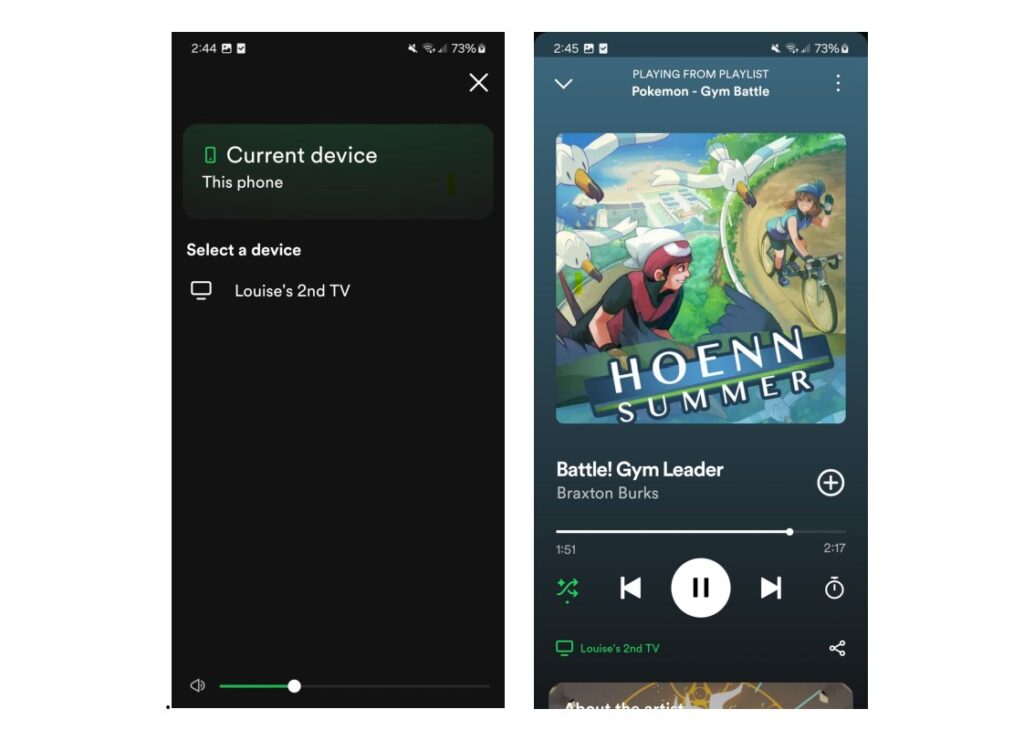
All 12 multi-room streaming amplifiers from OpenAudio support Spotify Connect, and upto 8 Spotify Connect can be seen by Spotify Sender. They are HOLOWHAS, HOLOWHAS Ultra, HOLOWHAS Plus, HOLOWHAS Max, and HOLOWHAS Ultra-GC, and HOLOWHAS Plus-GC, and AVR-16200.
What is the difference between Spotify Connect and Bluetooth?
Spotify Connect works directly from the cloud. It doesn’t use your smartphone, tablet, or computer as a communication point to play music. That means you don’t have to worry about being in range, compared to Bluetooth. Streaming music using Spotify Connect also means you’re likely getting better quality, especially if you’ve subscribed to Spotify Premium, which allows anyone to stream up to 320kbit/s. However, it does come at the cost of using more bandwidth than Bluetooth’s audio compression.
- Automatic: Dependent on your network connection.
- Low: Equivalent to approximately 24kbit/s.
- Normal: Equivalent to approximately 96kbit/s.
- High: Equivalent to approximately 160kbit/s.
- Very high: Equivalent to approximately 320kbit/s.
While Spotify has not officially disclosed its bit depth, it’s widely accepted within the audio community that Spotify uses a bit depth of 16 bits. This bit depth is common in digital audio and is sufficient to provide a good balance between audio quality and file size for streaming purposes.
The bandwidth of Bluetooth depends on different versions and modes. Classic Bluetooth (BR/EDR) has a maximum data transfer rate of 723.2kbps in basic rate mode and up to 2178.1kbps in enhanced data rate mode. The bandwidth of Bluetooth Low Energy (LE) varies depending on the version. For example, Bluetooth 5.0‘s LE mode supports 2Mbps, while Bluetooth 5.3‘s LE Coded PHY can provide longer transmission distances and data rates up to 2Mbps. Common Bluetooth audio codecs include SBC, AAC, aptX, and LDAC, as well as LC3 used by LE Audio.
SBC: The standard Bluetooth audio codec, with a maximum allowed rate of 320 kbps for mono and 512 kbps for stereo. It is compatible with most Bluetooth audio devices.
- AAC: Commonly used on Apple devices, offering slightly better sound quality than SBC with a maximum bitrate of up to 320kbps.
- aptX: A Qualcomm proprietary technology designed to deliver higher audio quality. It supports a maximum bitrate of 352kbps and has low latency, but requires support from both the source and receiving devices.
- LDAC: Developed by Sony, this codec can transmit high-resolution audio with a maximum bitrate of 990kbps, providing near-lossless sound quality.
| Audio Coding Format | Bit Rate (kbps) | Latency (ms) |
|---|---|---|
| SBC | Mono 320 max. Stereo 512 max. Stereo 328 max. actually | 220 |
| AAC | 512 max. 256 typ. | 120 |
| aptX | 384 @ 48kHz SR 325 @ 44.1kHz SR | 120 |
| aptX Low Latency | 352 max. | 40 |
| aptX HD | 576 max. | 200 |
| aptX Adaptive | 276 - 420 Variable | 80 |
| LDAC | 990/660/330 depends on signal quality | 190 |
| LHDC | 900/560/400 depends on signal quality | 200 |
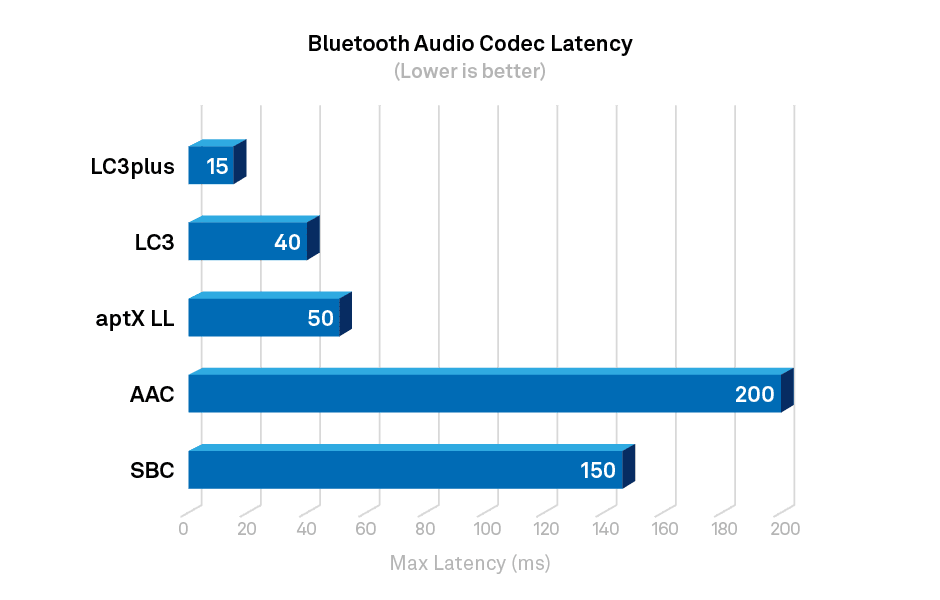
All 12 multi-room streaming amplifiers from OpenAudio support Bluetooth Audio, and LE Audio will be enabled in future.



